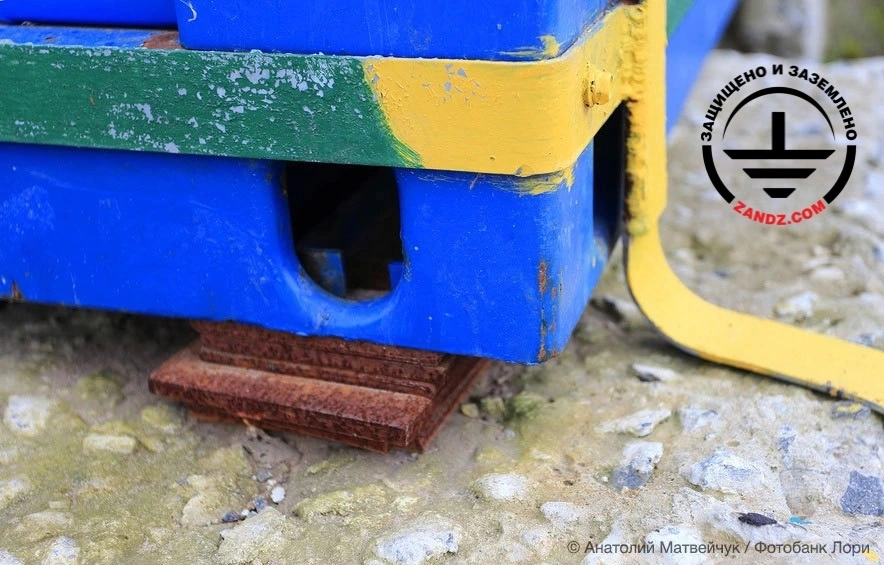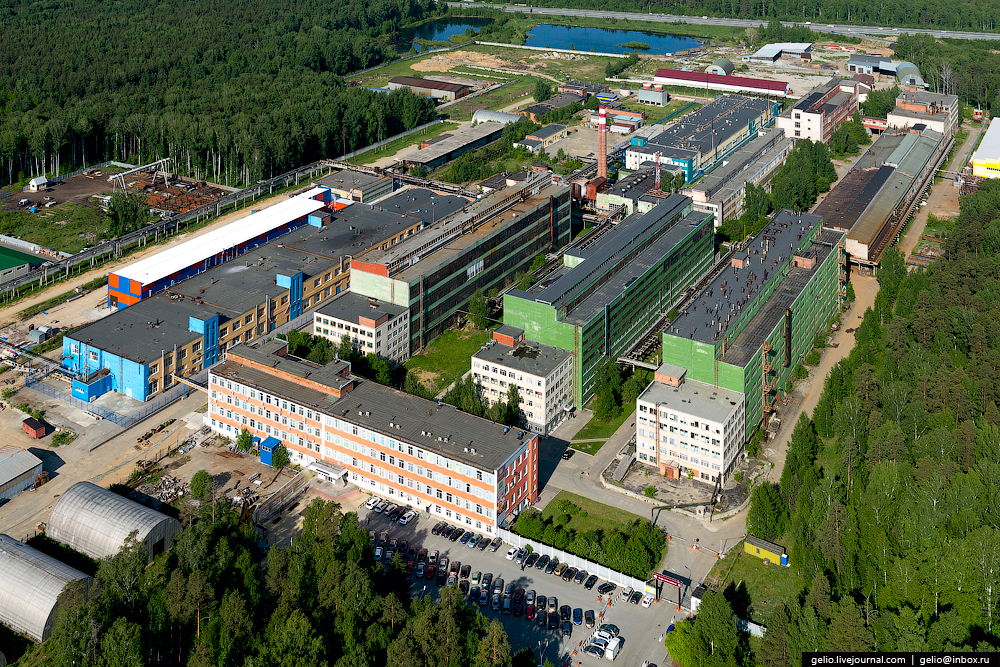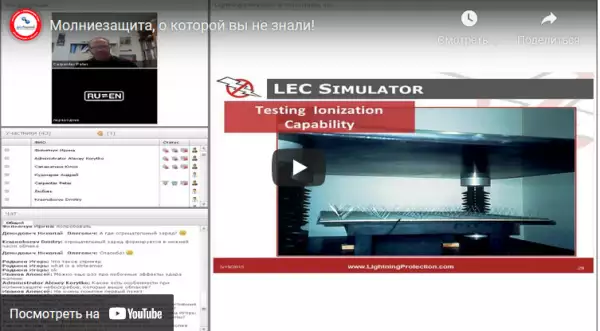
Initially, you have to determine the lightning protection category of the protected facility. Categorization rules are provided in SO 153-34.21.122-2003, item 2.2, and RD 34.21.122-87, item 1.1. Despite different criteria used to determine the lightning protection class, both documents rely upon the severity of potential effects of the lightning breakthrough to the facility. Using new GOST R 59789-2021, you can determine the required lightning protection level based on risk calculation according to GOST R IEC 62305-1-2010.
If a container (depending on the materials stored therein) is classified as lightning protection category II or III, the metal structure of the container itself may and should be used as a natural lightning arrester according to SO 153-34.21.122-2003, item 3.2.2.5, item 3.2.1.2, and RD 34.21.122-87, item 2.11, item 2.26. The task can be solved by the arrangement of the grounding circuit at the distance at least 1 m from the container walls and attachment of the metal structure to the circuit in at least 2 points. If a container is large, the connection to the grounding circuit is made every 15 m and 20-25 m for lightning protection categories II and III, respectively.
When storing explosive materials which determine the protected facility as lightning protection category I, the above measures should include standalone or wire lightning arrester installed in accordance with RD 34.21.122-87, item 2.3, item 2.4. Watch webinar Creeping Discharges in Lightning Protection to learn why creeping lightning discharges are so dangerous and how to protect structures from them.
Do you need to calculate lightning protection and grounding for a metal container? Please contact the ZANDZ Technical Center!
Related Articles:
_thumb.webp)





